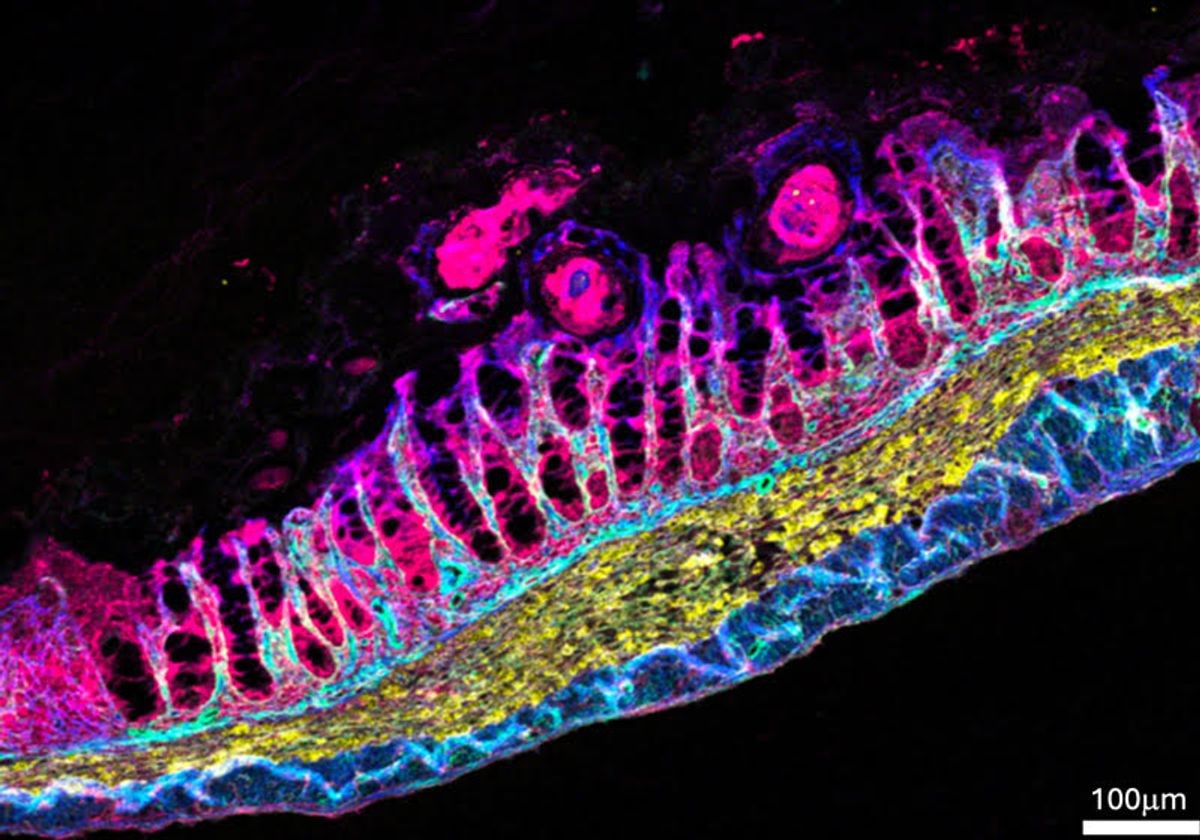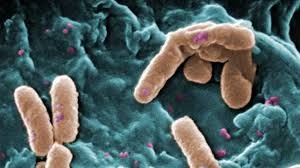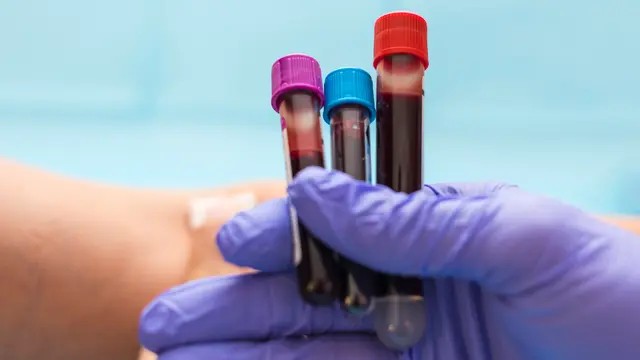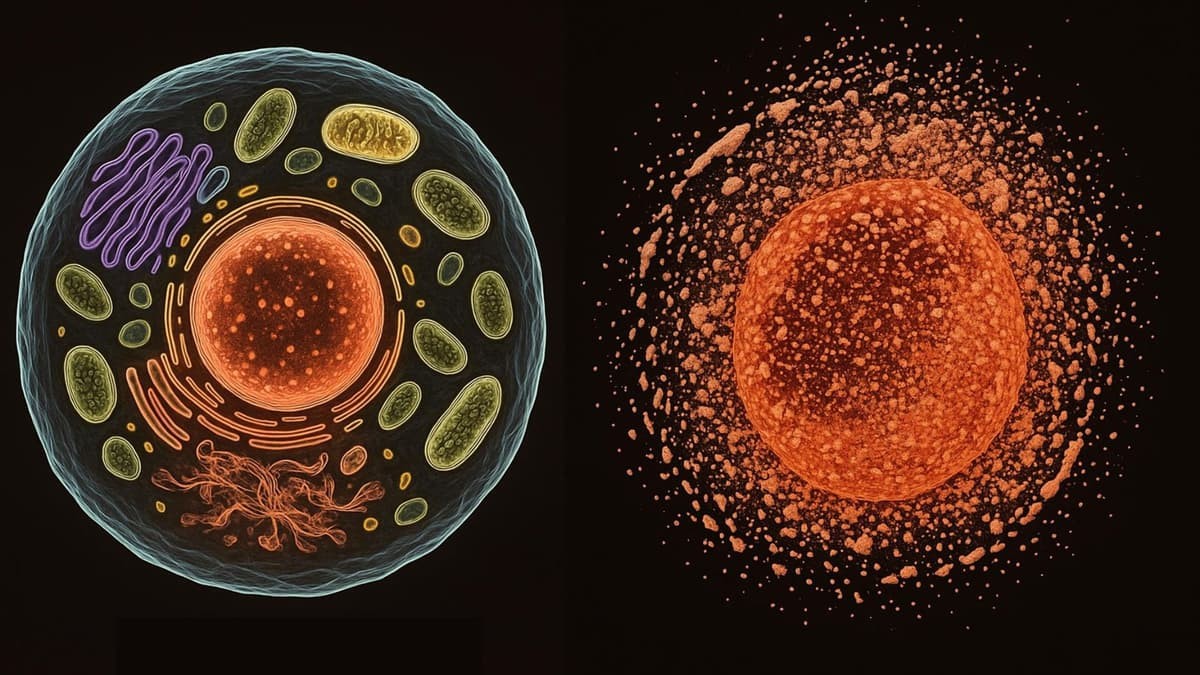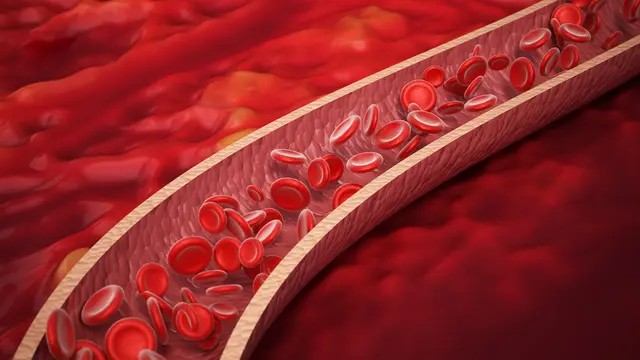World's First Personalized Gene-Editing Therapy Saves U.S. Infant from Fatal Disease
In a historic breakthrough for genetic medicine, doctors and scientists at the Children's Hospital of Philadelphia (CHOP) and Penn Medicine have successfully treated an infant with a life-threatening metabolic disorder using a custom-built CRISPR gene-editing therapy.
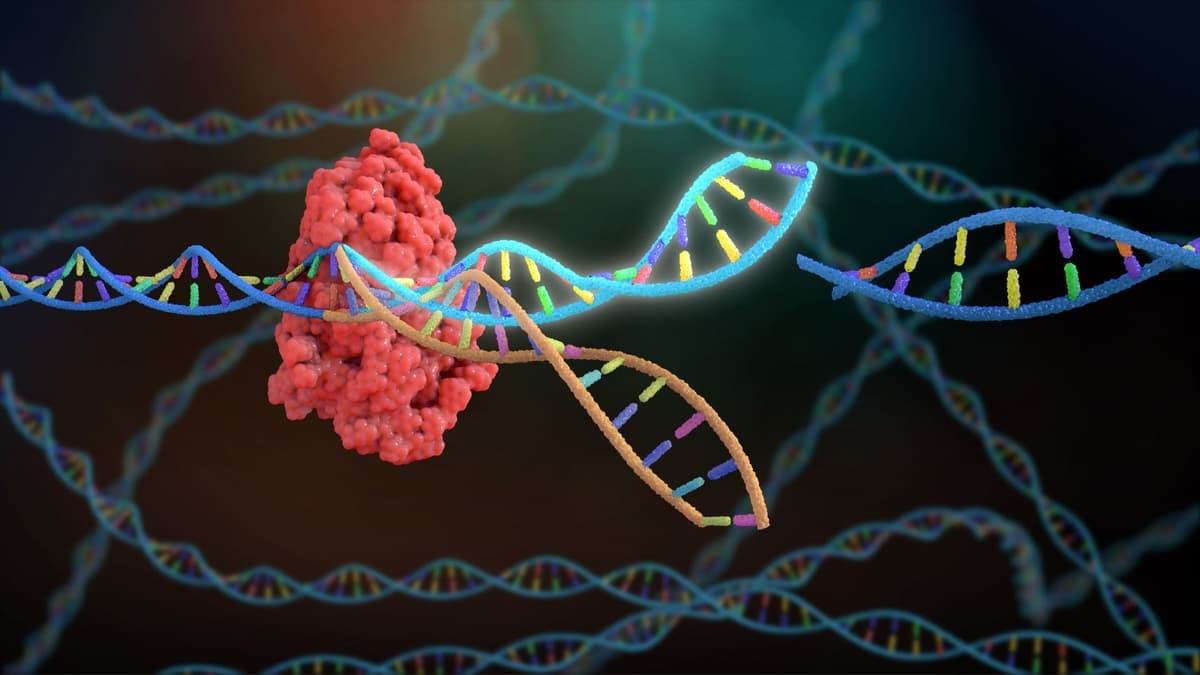
Figure 1.Gene-Editing Therapy.
The patient, known as KJ, was diagnosed with carbamoyl phosphate synthetase 1 (CPS1) deficiency—a rare genetic condition that prevents the body from eliminating nitrogen, causing toxic levels of ammonia in the blood. Without treatment, this disorder can lead to severe brain damage or death.
This case represents the world’s first use of a fully personalized CRISPR-based treatment, engineered specifically to correct KJ’s unique genetic mutation. Figure 1 shows Gene-Editing Therapy.
Custom Gene Therapy Brings New Hope
KJ received the therapy just before turning seven months old. Since then, his condition has shown significant improvement. The therapy, developed within six months by a team led by Dr. Rebecca Ahrens-Nicklas at CHOP and Dr. Kiran Musunuru at Penn, marks a major milestone in precision medicine.
“Years of research and collaboration brought us to this moment,” said Dr. Ahrens-Nicklas. “Although this treatment was designed for one child, it paves the way for many more to benefit from gene-editing approaches tailored to individual genetic profiles.”
Targeting a Rare and Deadly Mutation
CPS1 deficiency, a severe form of urea cycle disorder, disrupts the body’s ability to remove excess ammonia produced when digesting protein. Standard treatment typically involves strict dietary restrictions and, in extreme cases, liver transplants—options often too risky for very young or medically fragile patients.
Given the urgency and complexity of KJ’s case, the research team opted for a gene-editing solution. Using CRISPR technology, they designed a therapy that targets and corrects KJ’s specific genetic error.
KJ received his first infusion in February 2025, followed by two more in March and April [1]. Since then, he has tolerated higher protein intake, needed less medication, and has shown resilience to common infections without experiencing dangerous ammonia spikes.“While KJ will require lifelong monitoring, his early progress is extremely encouraging,” said Ahrens-Nicklas.
A Blueprint for Treating Ultra-Rare Diseases
Dr. Musunuru emphasized the broader implications of this achievement: “We hope this case inspires other researchers to adopt similar personalized strategies for rare diseases. Every patient deserves the chance for a healthy future.”
This success highlights a turning point in genetic medicine, where rapid, patient-specific therapies could soon become standard for rare disorders that previously had no effective treatments.
“The promise of gene therapy we've been anticipating for decades is finally materializing,” Musunuru added. “It’s poised to revolutionize the future of medicine.”
References
- https://interestingengineering.com/health/first-personalized-crispr-gene-therapy
Cite this article:
Keerthana S (2025), World's First Personalized Gene-Editing Therapy Saves U.S. Infant from Fatal Disease, AnaTechMaz, pp.411.


